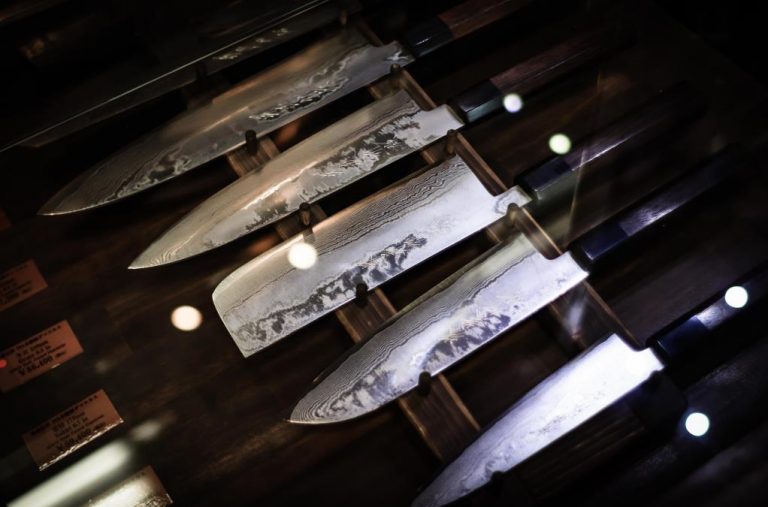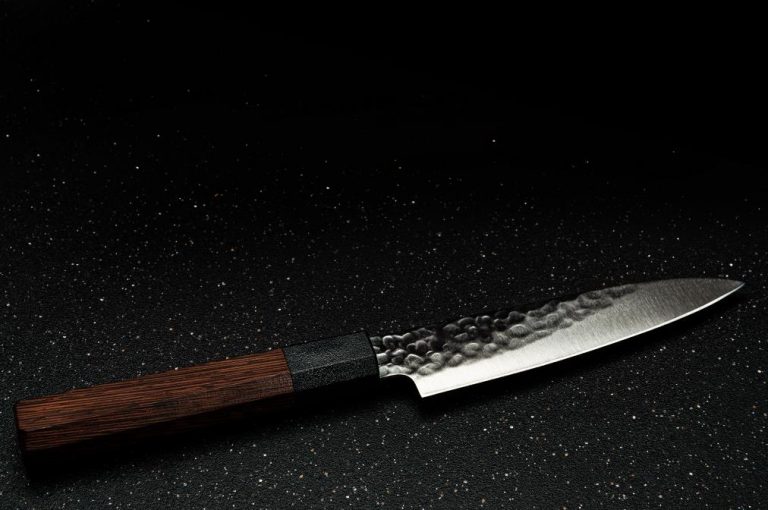Most people are only familiar with the handle or blade of a knife. However, there is a lot more to a knife than what we first see.
A knife consists of many components such as a tang, a spine, an edge, rivets, and a few more that can change a knife completely. One of these parts is a bolster that connects the handle and the blade. It looks seemingly unimportant but it matters quite a lot.
In this article, we’ll discuss what bolsters are used for, its pros and cons and different types.
Let’s dive in!
What is a knife bolster used for?
A knife bolster is the thick junction between the blade and the handle. It’s not just there for show, it serves several important functions that affect how the knife feels and performs in your hand.
1. Balance and control
The bolster adds weight to the handle end of the knife, which helps balance the overall weight distribution. This makes the knife easier to control and reduces fatigue during repetitive cutting tasks.
2. Safety and grip
The bolster provides a natural stopping point for your fingers, especially in a pinch grip. This prevents your hand from slipping forward onto the blade, making the knife safer to use, particularly for high-speed chopping or slicing.
3. Strength and durability
In forged knives, the bolster is an extension of the blade metal itself, adding extra strength to the handle-blade connection. It reinforces the structural integrity of the knife and contributes to its long-term durability.
4. Weight and heft
For those who prefer a heavier knife, the bolster adds noticeable heft. This can improve momentum when cutting dense foods, giving you a satisfying “feel” with each slice.
Pros and cons of knife bolsters
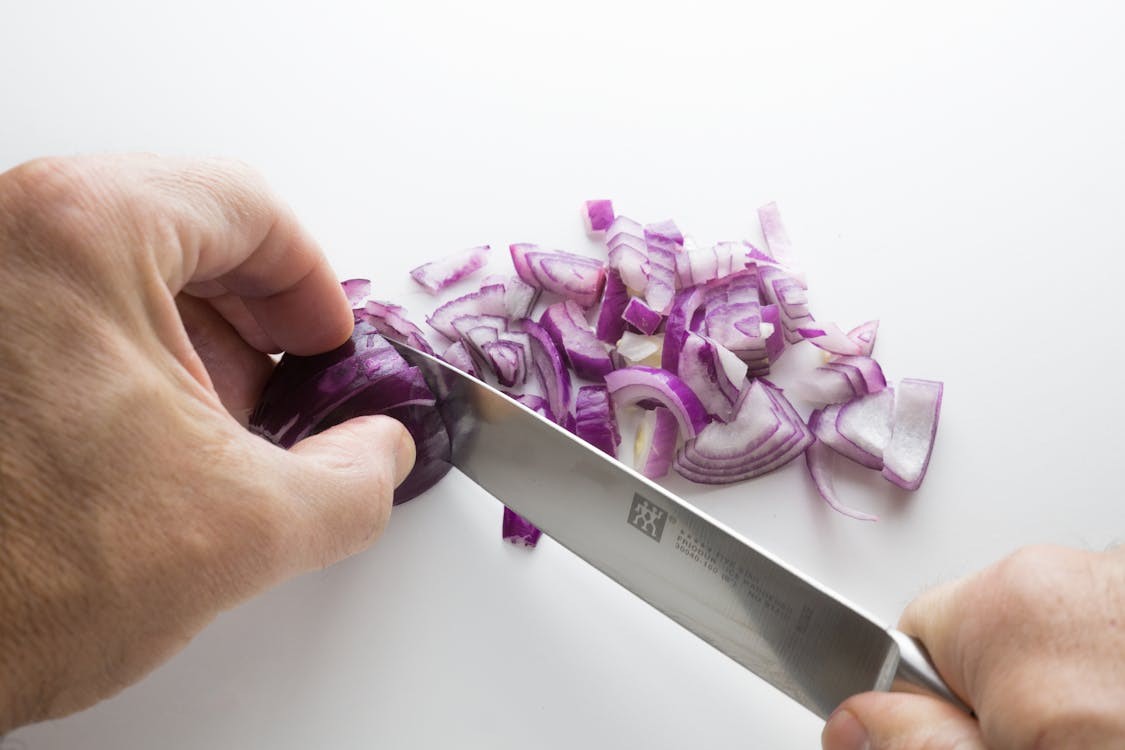
Like any knife feature, bolsters come with their own set of advantages and drawbacks depending on how you use your knife and what you value most in performance.
Pros
- Added safety: Prevents fingers from slipping onto the blade, especially useful for beginners or during fast-paced prep work.
- Better balance: Adds weight to the handle, helping create a well-balanced knife that feels stable and comfortable to use.
- Enhanced durability: In forged knives, the bolster strengthens the joint between the blade and handle, making the knife more resistant to breakage over time.
- Improved control: Acts as a finger guard and support, allowing for a firm pinch grip and more precise handling.
Cons
- Harder to sharpen: Full bolsters can obstruct sharpening along the heel of the blade, making it tricky to maintain a consistent edge without special techniques or equipment.
- Heavier feel: Some users, especially those used to Japanese or lighter knives, may find bolsters unnecessarily heavy or bulky.
- Not always necessary: For experienced users or those who favor lightweight knives, a bolster might feel redundant and less agile during fine cuts.
Types of knife bolster
Knife bolsters come in a few different forms, but the two most common are full bolsters and semi bolsters. Each affects how the knife feels, handles, and sharpens and each suits different preferences and use cases.
Full bolster
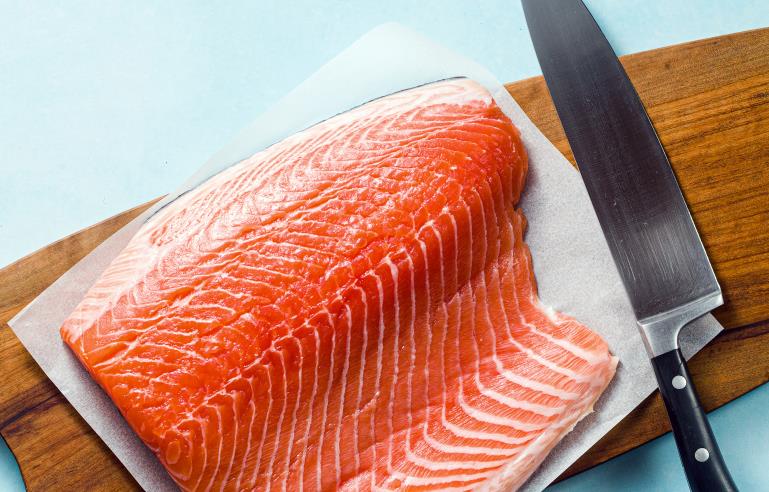
A full bolster runs from the spine to the heel of the knife, creating a thick, solid transition between the blade and handle. It offers maximum protection and weight but can interfere with sharpening.
Best for:
- Beginner cooks who value safety
- Heavier German-style knives
- Tasks requiring more control or force
Key characteristics:
- Adds noticeable weight and balance
- Acts as a finger guard for a secure grip
- May block the heel of the blade, making sharpening more difficult
Semi Bolster

A semi bolster (also called a sloped or tapered bolster) still offers finger protection and balance but doesn’t extend all the way to the blade heel. This design provides a good middle ground between comfort and function.
Best for:
- Cooks who want easier sharpening access
- Those who prefer a slightly lighter feel
- Hybrid knives (Western-Japanese blends)
Key characteristics:
- Provides grip support without obstructing sharpening
- Keeps the knife balanced while maintaining cutting-edge accessibility\
- Easier to maintain over time
Bolster vs. No Bolster knives
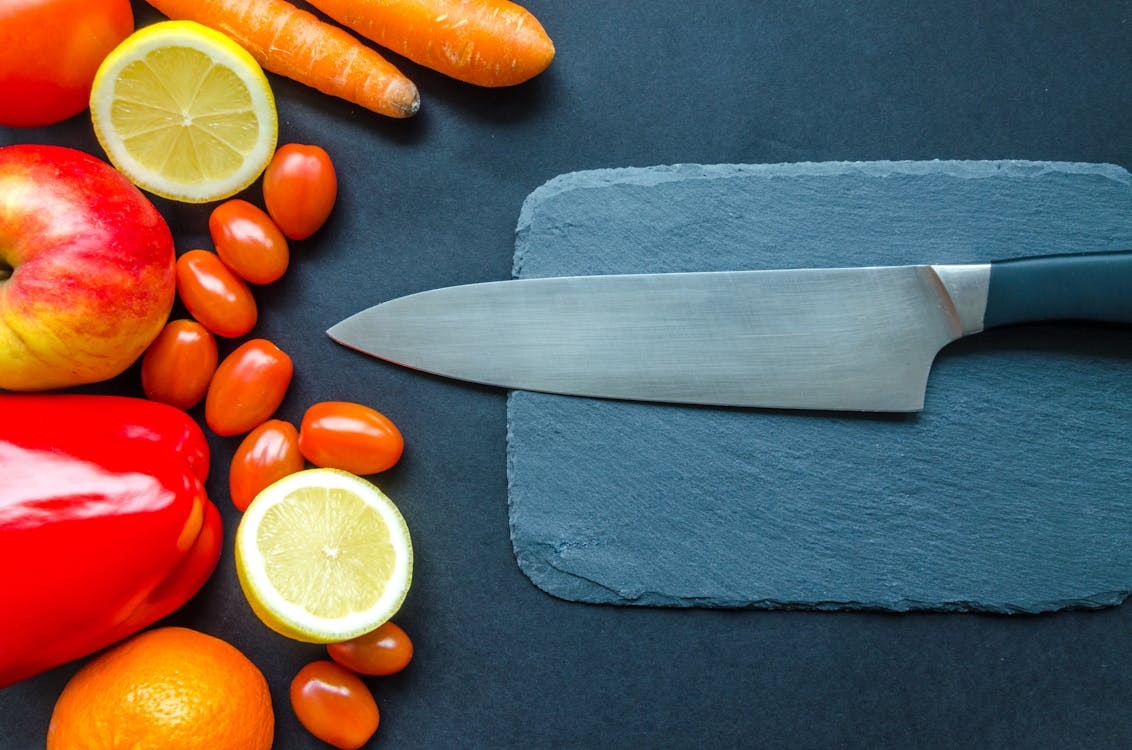
The presence (or absence) of a bolster significantly affects how a knife feels, performs, and ages over time. Let’s compare bolster vs. no bolster knives across three important areas: safety, balance, and sharpening.
Safety
- With bolster: A full or semi bolster acts as a natural finger guard, preventing your hand from sliding onto the blade. This is especially helpful for beginners or tasks that require extra control.
- Without bolster: Knives without bolsters lack that built-in barrier. While experienced cooks may find this gives them more freedom, it requires greater hand control and proper grip technique.
Balance
- With bolster: A bolster adds weight at the junction between the blade and handle, improving overall balance. This can make the knife feel more stable, especially with heavier-duty tasks.
- Without bolster: Bolster-less knives tend to be lighter and more agile. Many Japanese knives skip the bolster entirely for a more front-heavy, precise feel, ideal for detailed slicing or fine cuts.
- With bolster: A full bolster can get in the way of sharpening the heel of the blade, leading to uneven wear unless ground down professionally. Semi bolsters are better in this regard but still add a slight curve.
- Without bolster: Sharpening is much easier without a bolster. You can use the entire blade edge freely, which is why many professionals prefer bolster-less designs for long-term maintenance.
Which one should you choose?
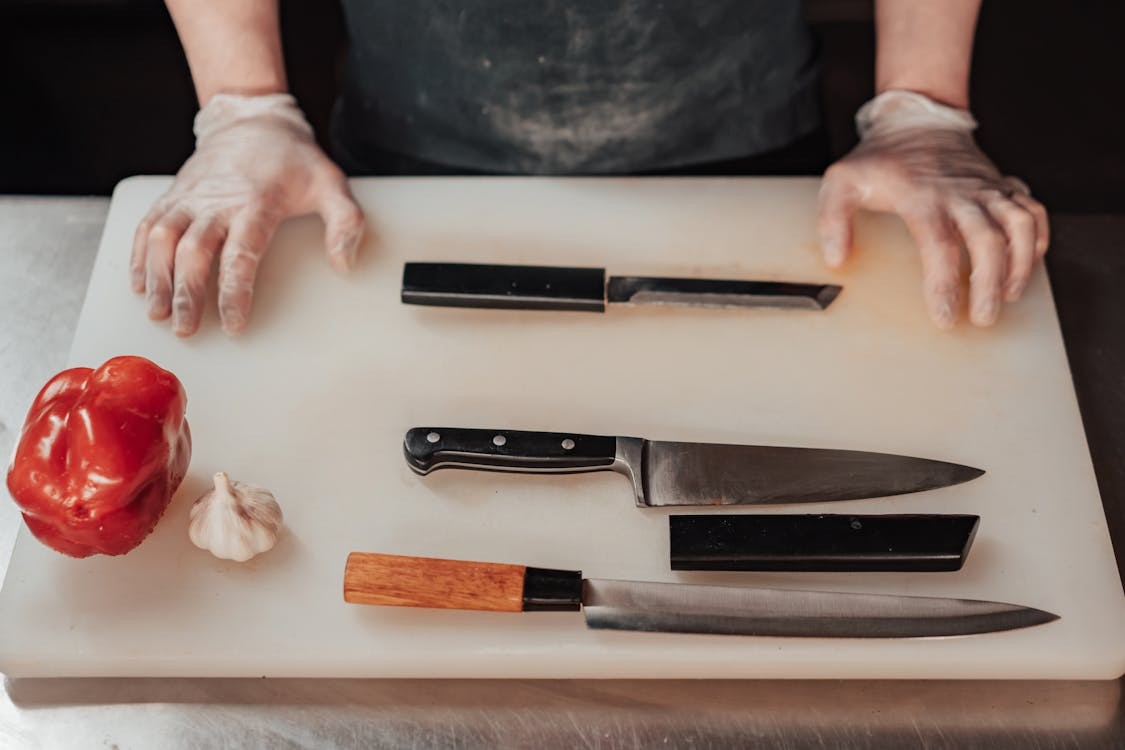
Choosing between a knife with a bolster and one without depends on how you cook and what you value in a knife.
If you prioritize safety, balance, and hand protection during heavy prep work, a bolstered knife might feel more secure.
On the other hand, if you’re after agility, full blade access, and easier sharpening, a bolster-free design may suit you better.
Ultimately, the right choice comes down to your workflow and comfort. Some professionals keep both types in rotation, using each where it excels.
Want help sourcing the right knives for your store or brand? Get in touch with LeeKnives to explore OEM solutions tailored to your market.
FAQs
What is the difference between a knife bolster and a guard?
A knife bolster is a thick junction between the blade and handle, providing balance and finger protection.
A guard, on the other hand, is more common in swords or hunting knives and is designed solely to prevent the hand from slipping onto the blade.
Bolsters contribute to weight distribution and stability, guards are purely protective.
Why do Japanese knives often have no bolster?
Japanese knives prioritize precision and agility. A lack of bolster allows for full blade sharpening and a lighter overall weight, which suits the delicate, controlled slicing techniques common in Japanese cuisine.
It also reflects traditional Japanese craftsmanship that emphasizes minimalism and blade performance.
Japanese vs western style knife bolsters
Western knives often feature full or semi bolsters that add heft and protect the fingers.
Japanese knives typically have either a partial bolster or none at all, prioritizing fine control and full-edge sharpening.
Western bolsters are designed for durability; Japanese styles lean toward finesse.
Do all high-end knives have bolsters?
No. While many high-end Western knives include a bolster for balance and safety, plenty of premium Japanese and minimalist designs skip it intentionally.
The absence of a bolster doesn’t reflect lower quality, just a different design philosophy based on function and user preference.

